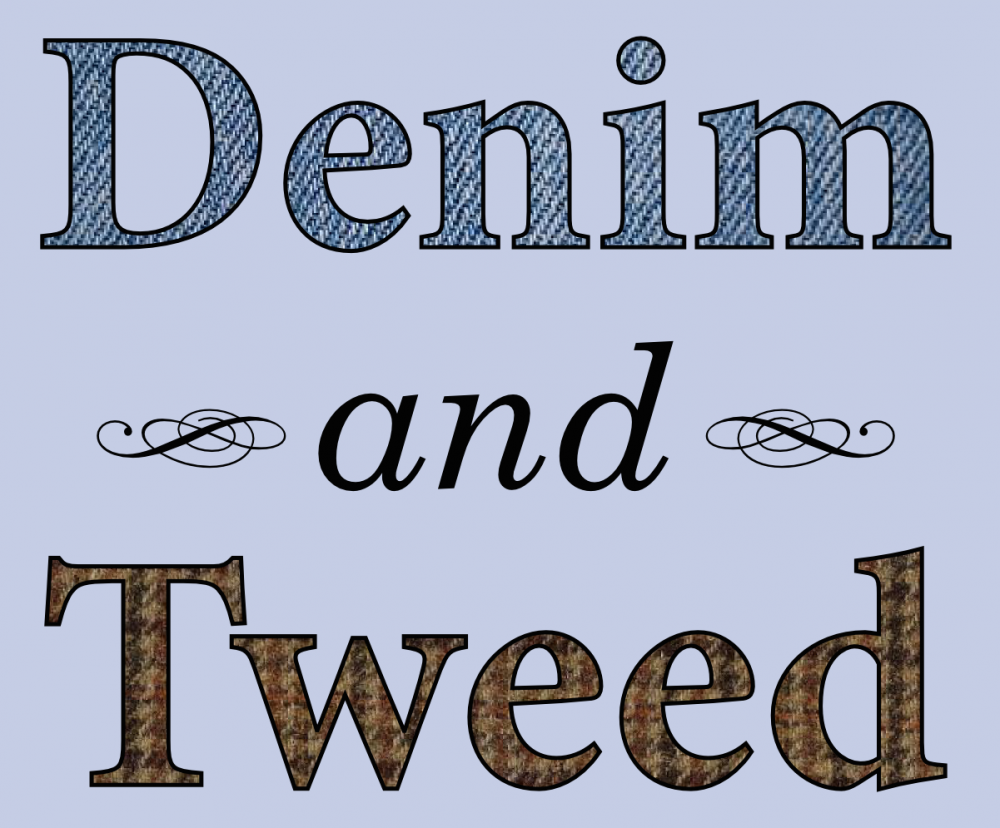 Photo by Minette Layne.
Photo by Minette Layne.- This week, at The Molecular Ecologist: Help build a repository of methods for estimating genetic differentiation in R.
- I guess we were overdue for one of these. A new book digging for genetic differences between human populations doesn’t deliver the evidence, misinterprets population genetic results, and seems really to be an exercise in justifying pre-existing prejudices.
- Surprise! Insurance executives, not doctors, are making the big bucks in health care.
- Ugh. College students with rich parents and lousy SAT scores are more likely to graduate college than the poorest kids who score 1600.
- Wow. The closest living relative of the giant elephant bird is the kiwi.
- Yes, take the stairs. For greater fitness, make your life harder.
- Keep it down! When predators are nearby, anoles bob their heads more gently.
◼









